Prepare for the West Coast 2025 EMT Block Exam #3 with this comprehensive practice test, featuring 100 questions complete with answers and detailed explanations. Designed for EMT students, this resource covers critical topics such as patient assessment, trauma management, medical emergencies, and EMS operations, aligning with West Coast EMT curriculum standards. Each question mirrors the exam format, with in-depth answers and explanations to enhance your understanding and ensure exam readiness. This practice test is your key to mastering the EMT Block Exam #3 and advancing your EMS career.
Preview
Victims of inhaled poisoning will require which of the following?
Select one:
A. Suctioning to clear the airway
B. Transport to an emergency department for evaluation (Correct Answer)
C. Ventilation with a bag-valve mask
D. An oropharyngeal or nasopharyngeal device to maintain an airway
Rationale: Inhaled poisons can cause severe respiratory distress and systemic toxicity.
Transporting the patient to an emergency department ensures comprehensive evaluation
and treatment, including possible administration of oxygen, antidotes, or advanced airway
management.
When caring for a known alcoholic patient with severe trauma to the chest and
abdomen, you should be concerned that:
Select one:
A. Internal bleeding may be profuse because prolonged alcohol use may impair the blood’s
ability to clot. (Correct Answer)
B. Delirium tremens (DTs) are commonly induced by physical trauma and can lead to life
threatening seizures.
C. Long bone fractures are likely because chronic alcohol consumption weakens the
structure of the bones.
D. Signs and symptoms of shock may be masked by the stimulant effects produced by
alcohol.
Rationale: Chronic alcohol use can lead to liver dysfunction, which impairs the body’s
ability to produce clotting factors, increasing the risk of profuse internal bleeding after
trauma.
Which of the following questions would be LEAST pertinent during the initial
questioning of a patient who ingested a substance?
Select one:
A. How long ago was the substance taken?
B. Why was the substance ingested? (Correct Answer)
C. What type of substance was taken?
D. How much of the substance was taken?
Rationale: While understanding intent may be useful later, the priority in an emergency is
to determine what was taken, when, and how much, in order to guide treatment.
Which of the following sets of vital signs would the EMT MOST likely encounter in a
patient with acute cocaine overdose?
Select one:
A. BP, 180/100 mm Hg; pulse, 50 beats/min
B. BP, 200/100 mm Hg; pulse, 150 beats/min (Correct Answer)
C. BP, 190/90 mm Hg; pulse, 40 beats/min
D. BP, 60/40 mm Hg; pulse, 140 beats/min
Rationale: Cocaine is a powerful stimulant that increases heart rate and blood pressure,
often leading to hypertensive crises and tachycardia.
Select one:
A. Suctioning to clear the airway
B. Transport to an emergency department for evaluation (Correct Answer)
C. Ventilation with a bag-valve mask
D. An oropharyngeal or nasopharyngeal device to maintain an airway
Rationale: Inhaled poisons can cause severe respiratory distress and systemic toxicity.
Transporting the patient to an emergency department ensures comprehensive evaluation
and treatment, including possible administration of oxygen, antidotes, or advanced airway
management.
When caring for a known alcoholic patient with severe trauma to the chest and
abdomen, you should be concerned that:
Select one:
A. Internal bleeding may be profuse because prolonged alcohol use may impair the blood’s
ability to clot. (Correct Answer)
B. Delirium tremens (DTs) are commonly induced by physical trauma and can lead to life
threatening seizures.
C. Long bone fractures are likely because chronic alcohol consumption weakens the
structure of the bones.
D. Signs and symptoms of shock may be masked by the stimulant effects produced by
alcohol.
Rationale: Chronic alcohol use can lead to liver dysfunction, which impairs the body’s
ability to produce clotting factors, increasing the risk of profuse internal bleeding after
trauma.
Which of the following questions would be LEAST pertinent during the initial
questioning of a patient who ingested a substance?
Select one:
A. How long ago was the substance taken?
B. Why was the substance ingested? (Correct Answer)
C. What type of substance was taken?
D. How much of the substance was taken?
Rationale: While understanding intent may be useful later, the priority in an emergency is
to determine what was taken, when, and how much, in order to guide treatment.
Which of the following sets of vital signs would the EMT MOST likely encounter in a
patient with acute cocaine overdose?
Select one:
A. BP, 180/100 mm Hg; pulse, 50 beats/min
B. BP, 200/100 mm Hg; pulse, 150 beats/min (Correct Answer)
C. BP, 190/90 mm Hg; pulse, 40 beats/min
D. BP, 60/40 mm Hg; pulse, 140 beats/min
Rationale: Cocaine is a powerful stimulant that increases heart rate and blood pressure,
often leading to hypertensive crises and tachycardia.
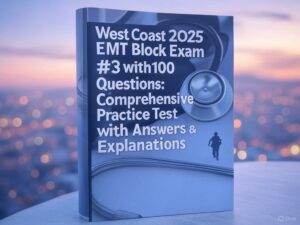
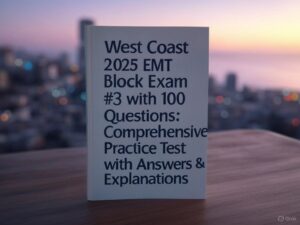




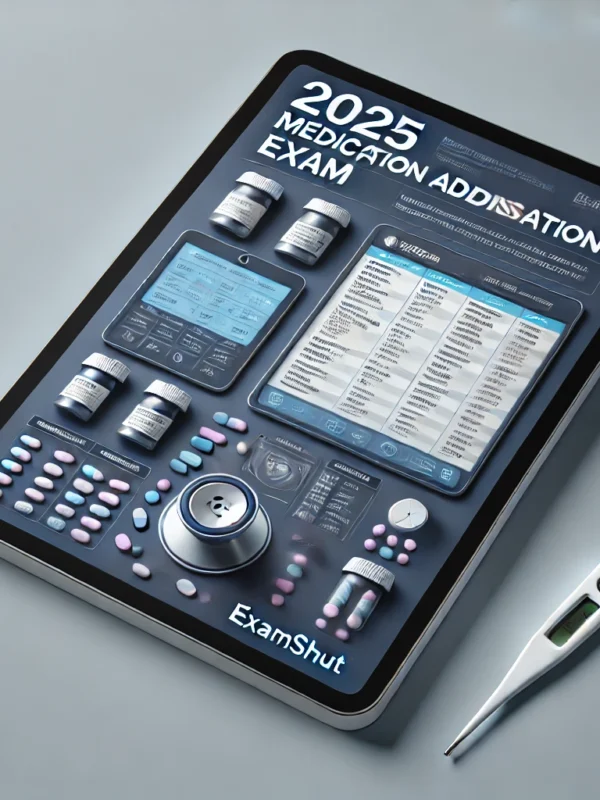
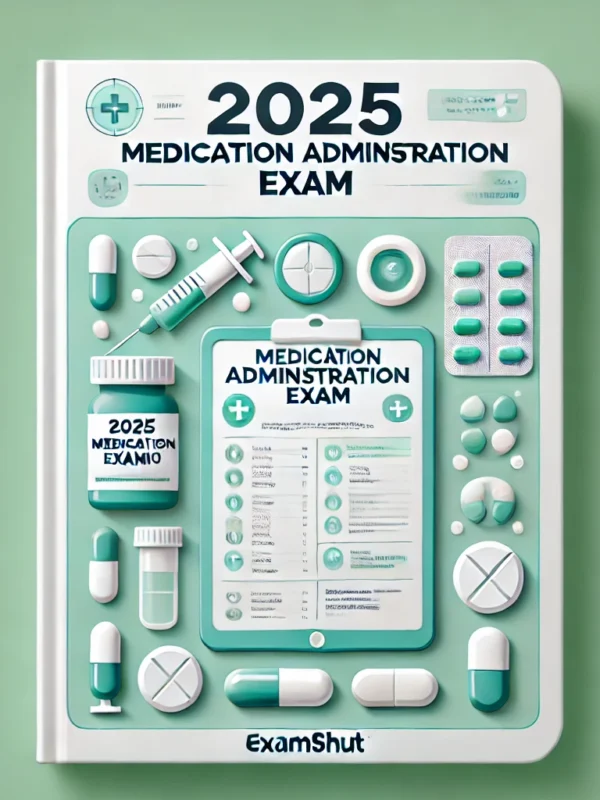

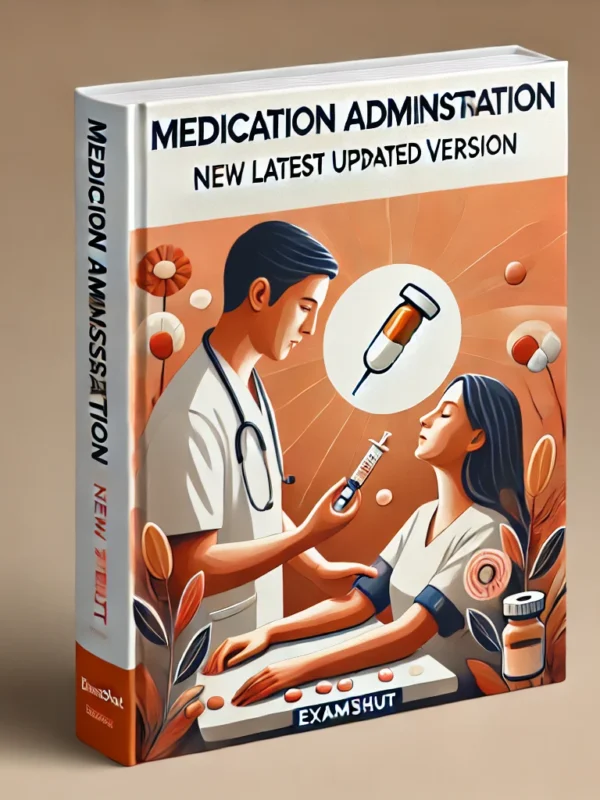
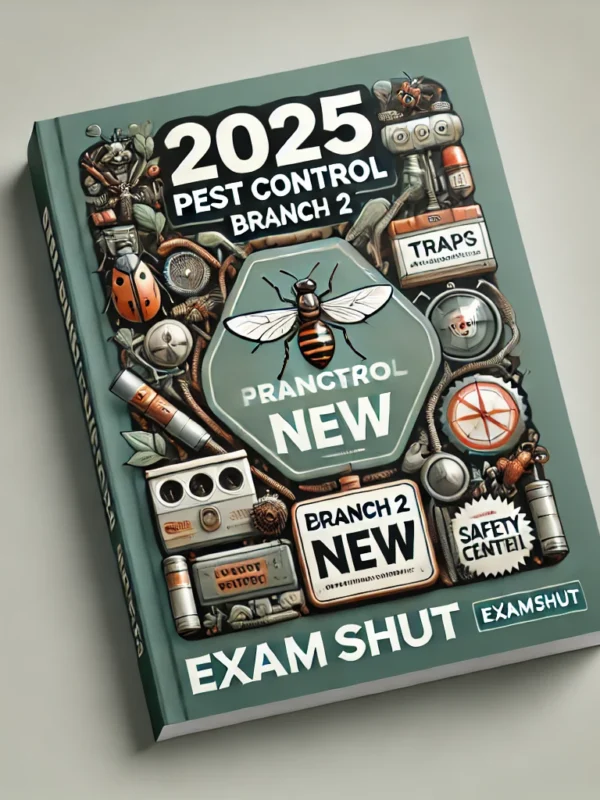
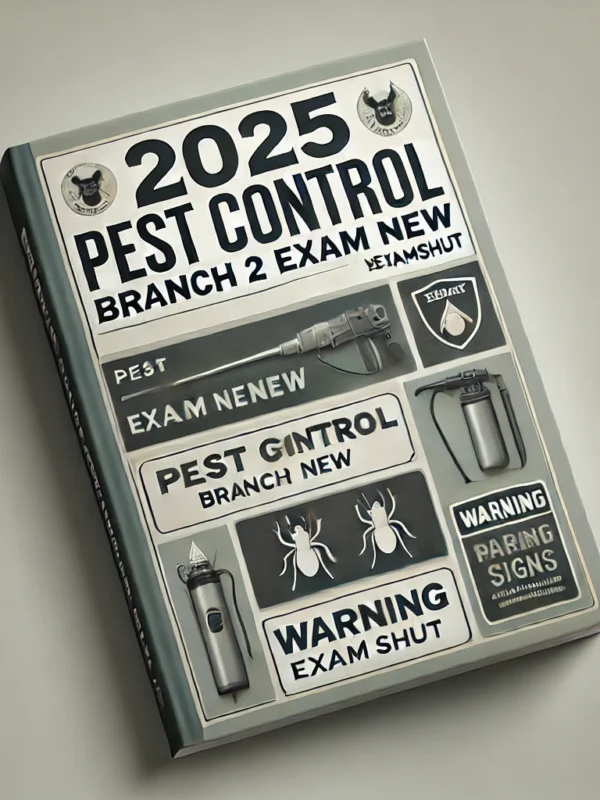
Reviews
There are no reviews yet.